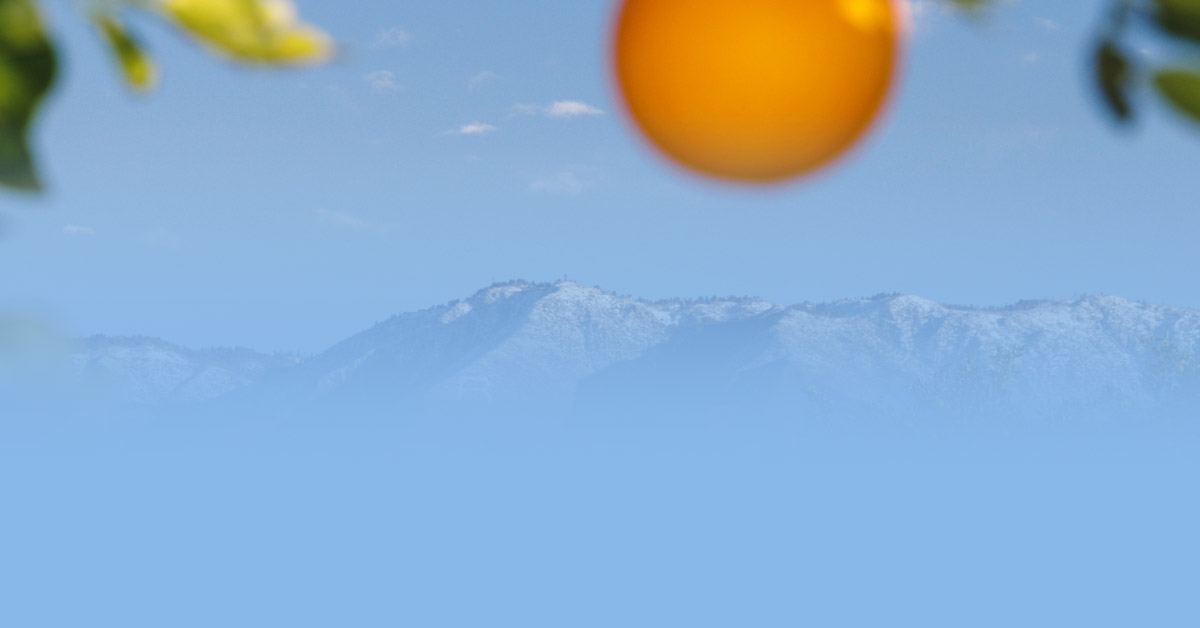As most people who live in this area well know, gardening in Redlands comes with its own challenges. In an area where water can be scarce and the land is dry for much of the year, it is important to create drought resistant designs and pick plants that will cover and blend for most of the year. Thankfully, there are a large number of native plants and tips that make this a simple proposition. Designing a garden that looks vibrant and alive throughout the year is simple and can even be low maintenance.
Getting Started
The first step is always the hardest, you will need to create a dry stream bed out of rocks in your garden to ensure you have adequate drainage and to help control the moisture in your soil as well. This is a one time project that will ensure any native species you plant will thrive for a very long time to come. This is generally accomplished by digging a shallow trough through the area where you want the stream bed and piling it with native rocks. These rocks will filter rainwater, excess runoff from when you water your crops, and cool the root systems of anything placed in the surrounding area.
It is best to start this process in the fall or early winter as you will have the most time to work and plants will have the most time to establish their root systems before the true drought happens. This is also the coolest time of the year to be outside in the garden. You can use any size of rocks, but should ensure that lower level contains pieces similar in size to gravel to ensure that proper drainage is achieved. Many people like to add in ornamental boulders and large rocks to give the area a much more completed look.
Setting Up Your Garden
The next step is to begin planting whatever native foliage you have chosen. If you are going to be including small trees or shrubs, putting them closest to the gravel is a good idea as their root systems can help with drainage and they will need the most room to expand. Simply dig a hole, place your chosen plants in the hole with enough room for their roots, cover, and allow to grow. Plants that deal the best in drought conditions should be farther out in your arrangement as they will get the least retained water during the hotter months.
The first time you water you will want to truly soak the ground, however, this is the only time that you should follow this practice. Otherwise, you should water the plants about 10 minutes a week, ensuring that you rinse any dust from their leaves in the process. This will allow them to soak up enough water and allow the rest to filter into the built-in drainage system you have created. When it rains there is no need to water for the week, but your drainage system should prevent any washouts from happening in your garden.
There are a few native plants that like being watered once a month, including many local shrubs and types of sage. Depending on your arrangement you may want to check with your supplier for the watering needs of individual species. Most California plants will actually do much worse if they are over watered rather than under watered, making it very important to pay attention to their needs. Interestingly enough, these plants often blossom or thrive even in the worst drought conditions and give your garden a well cared for appearance without the need to waste water.
Keeping Up With Your Garden
You should always lay down a good layer of mulch, usually bark based, such as redwood mulch, to cover any gaps after your planting. This helps keep out weeds, reduces the amount that you need to water, and protects roots when they are young and tender. It also provides a great home for beneficial insects to help your garden continue to grow. Re-applying this mulch at least once a year will keep your area very low maintenance and protect your plants through even the harshest seasons.
Keeping all of this information in mind and choosing plants to bloom at many different times of the year will allow you to keep a green, bright, and lively garden throughout any time of the year. The initial steps can seem quite labor intensive, but once they have been done, they will work until you take steps to dismantle them. This means that a one time investment will give you years of happiness and enjoyment.
About the Author
Jonathan Leger is a sponsored member of the Garden Writer's Association and a gardening enthusiast. He runs a small site dedicated to the history, education and care of a variety of roses here
